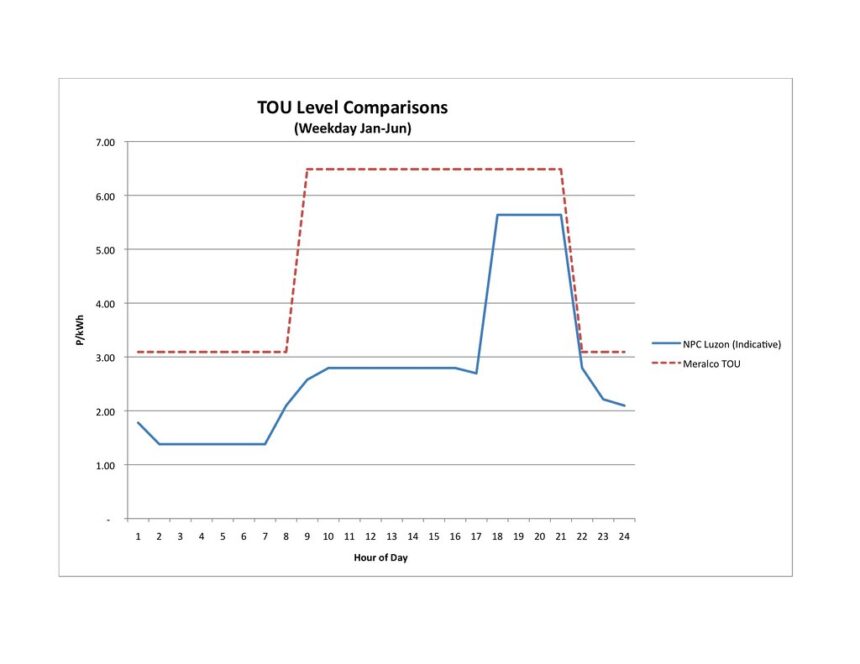The world is preparing for the announcement of reciprocal tariffs by President Donald Trump on April 2. This move will redefine the global dynamics in trade.
This initiative, dubbed by the government “Liberation Day”, aims to correct perceived trade imbalances while protecting American industries.
This announcement will take place on Wednesday in the Rose Garden and is the most comprehensive tariff initiative the Administration has undertaken to date.
Trump’s administration previously imposed 25% tariffs on imports of steel, aluminum and goods from Mexico or Canada.
A 25% duty on imported cars and auto parts was also enacted.
The President has threatened other countries with high tariffs, including those that are traditional European Union allies, on a variety of products such as European wines.
He said over the weekend that tariffs will be applied to all countries and not only those who have significant trade deficits with the US.
The President emphasized the importance of these measures to correct long-standing trade imbalances and promote fair competition among American companies.
Countries around the globe are taking measures to reduce the potential impact of US tariffs. The ICDlooks at the way that countries around the world are preparing for an impact.
European Union
The European Commission’s President Ursula von der Leyen said on Tuesday the European Union was prepared to respond with strong measures if new tariffs are imposed by the United States on EU products.
Von der Leyen stressed that Brussels would act quickly to protect European consumers and businesses if a deal could not be reached.
Von Der Leyen said the EU does not want to respond with their own taxes. If it is necessary to use their plan, then they will.
Bloomberg reported last week that the European Union was exploring possible concessions in order to reduce US trade tensions, and ensure the partial rollbacks of tariffs which already affect EU exports.
According to reports, the European Commission has been drafting “term sheets” that outline negotiation areas including tariff reductions and joint investments.
Brussels’ response to US tariffs has been equivalent levies against American products such as Harley-Davidson motorbikes. This is a classic tit-for-tat strategy.
The EU is planning a wider response to Washington’s threats of further sanctions, not only for tariffs but even non-tariff obstacles like EU technology regulations.
Politico reports that Brussels has been considering the option of attacking American intellectual property and services.
It could be major financial institutions such as JP Morgan or Bank of America, or technology giants like Elon Musk’s social media platform X and Google.
A senior EU official stated in mid-March that “we are not ruling out a larger, better and more creative reaction.” All options are available.
United Kingdom
The UK Government anticipates that it will be affected by new US tariffs.
Keir starmer, the UK Prime Minister told Sky News on Tuesday that a deal was in progress that could help Britain to avoid US tariffs.
We are talking about economic agreements. “We are discussing economic deals.”
Jonathan Reynolds, the Business Secretary of Britain expressed his hope that new tariffs on British products would be quickly removed following a recent business agreement focused on technology.
Office for Budget Responsibility has warned that a trade war between the UK and other countries could severely reduce the UK’s economic growth. This would eliminate the headroom for the Chancellor Rachel Reeves to adhere to the spending and borrowing limits she set for herself.
The OBR’s latest forecast shows that the UK GDP would be cut by 0.6% in this year, and by 1% next year, if the UK and others retaliate to US tariffs.
If the UK decides to not retaliate then the OBR predicts that the GDP will decrease by only 0.4% in this year, and 0.6% the following year.
Japan, South Korea, and China
Shigeru Imaba, the Japanese Prime Minister has stated his willingness to visit Washington and negotiate with President Trump directly to avoid new tariffs being imposed on Japanese auto imports.
According to an article shared by Chinese State Broadcaster CCTV, on Monday, China, Japan and South Korea had also agreed to respond jointly to US tariffs.
At their first dialogue on economic cooperation in five years held in Seoul, Korea, March 30 2025 the three countries reached a consensus to increase regional trade co-operation.
The three trade ministers committed to speeding up negotiations on a high-level, comprehensive free trade agreement that will benefit all involved parties.
Ministers agreed also to increase collaboration in the supply chain and dialogue about export control.
China expressed an interest in buying semiconductors from Japan, South Korea and China.
The next meeting of the ministers will be held in Japan. They are continuing to work to improve economic relations and reduce the impact of protectionist policy.
India
India has reportedly offered significant reductions on US imports. The focus is on products like almonds, cranberries and bourbon whisky, which are key items in ongoing trade talks.
Reuters reported that India had proposed reducing tariffs for over half of US imported goods, amounting to approximately $23 billion. This is the largest concession made by India in recent years.
India is one of the few countries that actively work to lower tariffs to avoid a possible US response.
India’s tariff on bourbon whisky has already been reduced from 150% down to 100%. This is a great move for major US brands such as Suntory Jim Beam.
India’s budget for February 1, 2009, also included a reduction in the customs duty on solar panels, luxury cars and other machinery. The maximum import tariff was reduced from 150% down to 70%, while average tariffs were lowered from 13% up to under 11%.
India, which has pledged to eliminate this tax as the trade negotiations progress, is partially responsible for these reductions.
India is planning to remove a tax of 6% on digital advertising from April 1, in an effort to reduce trade tensions.
The aim of this measure is to reduce costs for US technology companies like Google, Meta and Amazon. It also addresses some concerns regarding trade imbalances.
India also committed to increase its energy purchase from the US. Projections indicate that the amount will rise from $15 billion to $25 billion within the next few years.
In addition to these initiatives, the President has indicated his intention to provide F-35 stealth aircraft to India. This will further strengthen bilateral trade relations.
Pant stated in an interview last week with ICD that, if US decided to eliminate the differential tariff between US and India, it could have a $3-5 billion impact on Indian exports.
It is estimated that this could translate into approximately 10 basis point (bps) GDP growth.
As new information becomes available, this post Liberation Day 2030: What to Expect as Countries Prepare for Impact may change.
This site is for entertainment only. Click here to read more






